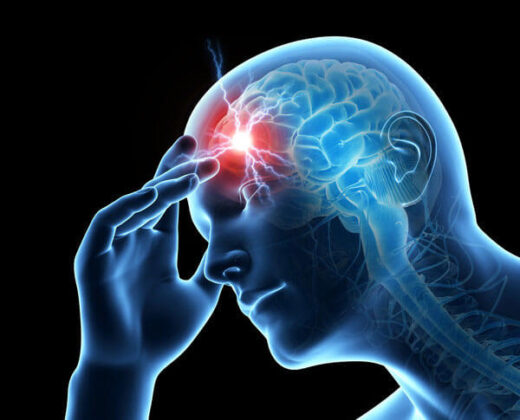Headaches are a widespread condition that nearly everyone experiences at some point in their lives. The discomfort can arise in any part of the head, ranging from mild irritation to debilitating pain. Understanding the causes, types, and remedies can help manage and prevent headaches effectively.
What Causes Headaches?

Headaches occur due to complex interactions between the brain, blood vessels, and surrounding nerves. When certain nerves become overactive, they send pain signals to the brain, leading to discomfort. The root causes of headaches can be divided into two main categories: primary and secondary headaches.
Primary Headaches
These are not caused by an underlying medical condition but rather by lifestyle factors or genetic predispositions. Common triggers include:
- Alcohol or nicotine use
- Processed foods containing nitrates (e.g., deli meats)
- Poor sleep habits or irregular sleep patterns
- Bad posture, especially during long work hours
- Physical overexertion
- Skipping meals or dehydration
- Sudden movements like coughing, sneezing, or intense laughter
Secondary Headaches
These result from other health issues and may signal a more serious problem. Possible causes include:
- Sinus infections or congestion
- Severe dehydration
- Medication overuse
- Spinal injuries or neck problems
- Head trauma or concussions
- Brain-related conditions (e.g., hemorrhage, high blood pressure)
Headache Areas
The location of headache pain can provide clues about its cause. Primary headaches often affect broad areas, while secondary headaches may be linked to specific health issues. Common pain locations include:
- Back of the neck or head (often due to tension or spinal issues)
- Forehead or temples (common in tension or sinus headaches)
- One side of the head (typical in migraines or cluster headaches)
- Around the eyes (may indicate sinus pressure or migraines)
Types of Headaches
Headaches are classified into over 150 types, but they generally fall into two groups:
1. Primary Headaches
These arise from overactive pain-sensitive structures in the head. Common types include:
- Tension headaches (most common, often due to stress or poor posture)
- Migraines (throbbing pain, usually on one side, sometimes with nausea)
- Cluster headaches (intense, short-lasting pain around one eye)
- Chronic daily headaches (persistent pain lasting 15+ days a month)
2. Secondary Headaches
These stem from other medical conditions, such as:
- Sinus headaches (from infections or allergies)
- Medication-overuse headaches (caused by frequent painkiller use)
- Thunderclap headaches (sudden, severe pain signaling emergencies like brain bleeding)
Some rare types include:
- Hemicrania continua (constant one-sided pain)
- Paroxysmal hemicrania (brief but frequent attacks)
- Cervicogenic headaches (originating from neck or spine issues)
Severe and Persistent Headaches
Chronic headaches—those lasting 15+ days a month—require medical attention. Common forms include:
- Chronic migraines (evolving from episodic migraines)
- Hemicrania continua (unilateral pain with migraine-like symptoms)
- New daily persistent headaches (sudden, unrelenting pain)
Long-term management often involves medication, lifestyle adjustments, and stress reduction techniques.
How to Get Rid of a Headache?
Treatment depends on the headache type:
- Primary headaches: Identify and avoid triggers (e.g., stress, lack of sleep). Over-the-counter pain relievers can help, but overuse may worsen the problem.
- Migraines: Prescription medications like triptans or preventive drugs (e.g., blood pressure or antidepressants) may be recommended.
- Secondary headaches: Treat the underlying condition (e.g., sinus infection, high blood pressure).
What is Good for Headaches?
For mild headaches, try these home remedies:
- Cold or warm compresses (applied to the forehead or neck)
- Gentle stretching or massage (to relieve tension)
- Rest in a dark, quiet room (especially for migraines)
- Hydration and balanced meals (to prevent hunger or dehydration triggers)
Preventive measures include:
- Maintaining good posture
- Regular sleep schedules
- Avoiding known triggers (e.g., strong smells, certain foods)
When Should You See a Doctor?
Seek medical help if you experience:
- Sudden, severe “thunderclap” headaches
- Headaches with fever, confusion, or stiff neck
- Frequent headaches requiring daily painkillers
- Pain after head trauma or in those over 55
- Neurological symptoms (e.g., vision changes, weakness)
A healthcare provider can diagnose the cause and recommend targeted treatments, improving long-term quality of life.